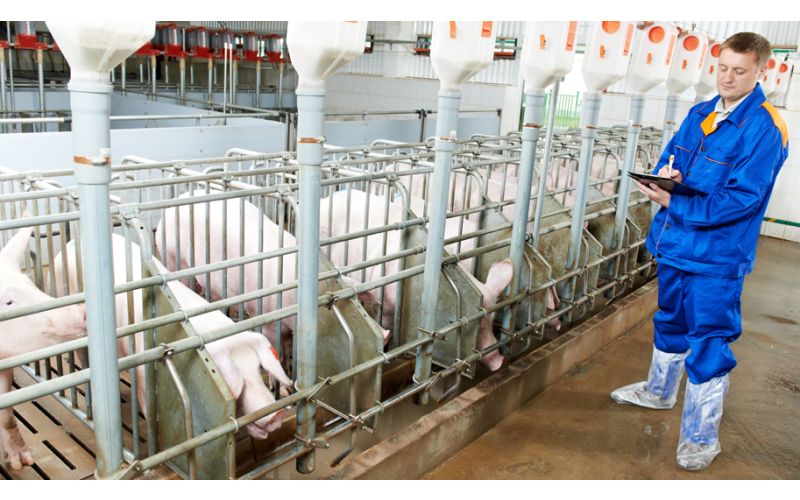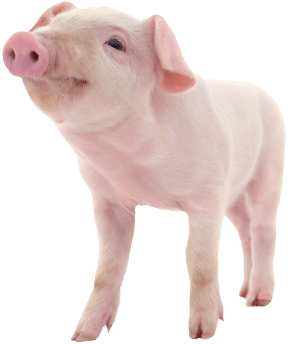
The Power of Prevention: The Importance of Daily Pig Barn Inspections
|
|
Time to read 4 min
 You are being redirected to QC Supply Pharmacy, where you’ll find a wide selection of high-quality prescription and pharmaceutical products for animals of all sizes.
Enjoy the same great service and expertise you trust from QC Supply.
Click below to continue shopping.
Continue
No thanks, stay on the main site
Powered by
You are being redirected to QC Supply Pharmacy, where you’ll find a wide selection of high-quality prescription and pharmaceutical products for animals of all sizes.
Enjoy the same great service and expertise you trust from QC Supply.
Click below to continue shopping.
Continue
No thanks, stay on the main site
Powered by


|
|
Time to read 4 min
Daily inspections of a pig barn or facility (a core component of daily pig barn inspections, swine facility management, and biosecurity protocols in swine production) are important and easy steps producers can and should take. The main advantage of a daily inspection is the early identification of any problem that might need to be resolved for individual animals, pens, and for the facility, generally (helping ensure animal welfare in pig barns and supporting livestock disease prevention).
A thorough inspection should be conducted in the morning and a more general walk-through performed near the end of the day. Inspectors should pay attention to the sights, sounds, and odors of the facility to make sure nothing is obviously out of the ordinary (including ammonia level assessment as part of routine swine health checks). When a problem is discovered, immediate action should be taken to fix the issue (essential for early identification of pig health issues and timely pig pen maintenance).
No matter how extensive the operation, producers should get in the habit of evaluating, at least by sight, each individual pig. (Routine swine health checks will become faster and more effective over time.) While this may seem time consuming, like anything, it will become an easier, quicker process (under normal disease conditions) the more it’s done.
The pen should be inspected for anything that can negatively affect the well-being of the animals.
The emphasis of barn-level inspections is to make sure the general environment is comfortable for the pigs and that mechanical systems are functioning properly (pig barn ventilation and temperature control are crucial).
The goal of daily pig barn inspections is to head-off any trouble before it becomes a significant problem. Establishing clear inspection protocols that start each morning with individual pig, pen, and barn level inspections will help ensure that the facility operates efficiently, animals experience good health, and producers enjoy peak production levels.
To make daily inspections as efficient and effective as possible, having the right tools on hand is essential. Reliable lighting, such as durable flashlights or headlamps, ensures nothing is overlooked, even in darker corners of the barn. Thermometers and ventilation monitors help track environmental conditions that directly impact animal health. Personal protective equipment, like boots and coveralls, not only safeguards workers but also supports biosecurity measures by reducing cross-contamination. Even simple additions like a dedicated inspection logbook or checklist can help catch small changes before they become major issues. These essential supplies, tailored for swine operations, allow producers to focus on what matters most. Maintaining a healthy and productive herd through proactive care.